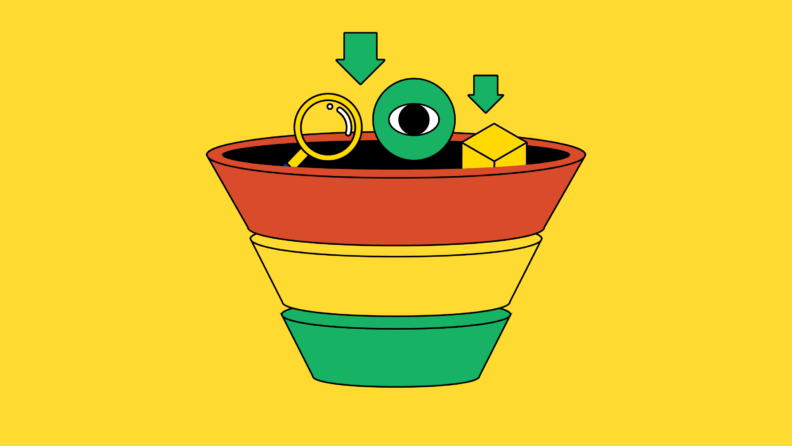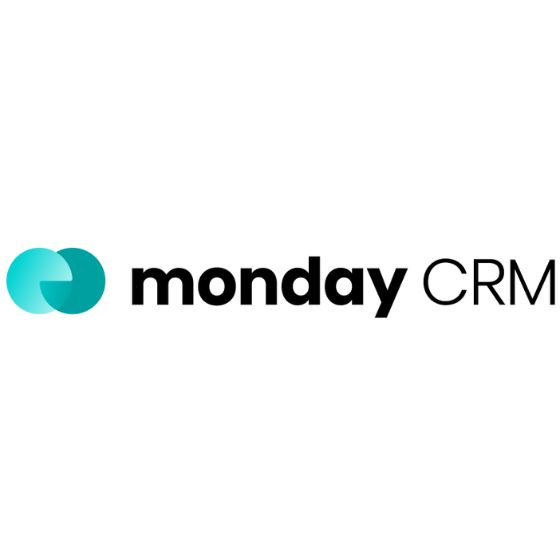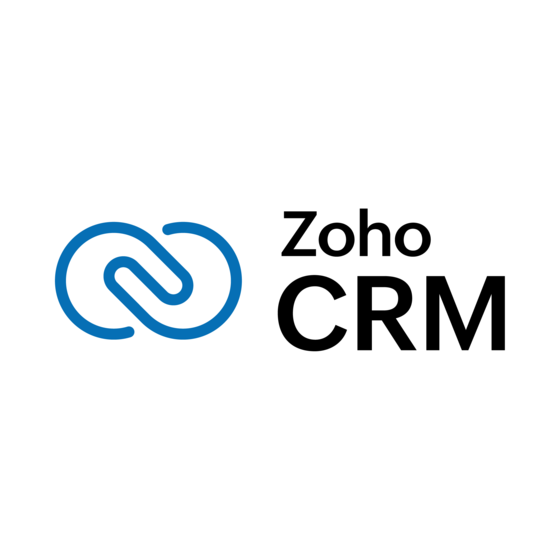Lead funnels are your secret weapon if you want to scale your business.
They're not just pathways but your ticket to attracting the right audience, sparking engagement, and turning curious visitors into die-hard fans.
In a world where attention spans are shorter than ever, mastering the craft of crafting compelling lead management process is your key to standing out amidst the noise and making a lasting impact.
What Is a Lead Funnel?
A lead (or marketing) funnel is the pathway through which potential customers journey from discovering your business to making their initial purchase.
When done well, a lead funnel is like a roadmap guiding prospects through awareness to conversion. It helps attract prospects and convert them to leads, foster trust and build relationships, and ultimately lead them to purchase.
Both marketing and sales use lead funnels to achieve the same goal: convert potential customers into paying ones.
However, marketing lead funnels focus on attracting and engaging prospects at different touchpoints, while sales funnels concentrate on converting those prospects into customers.
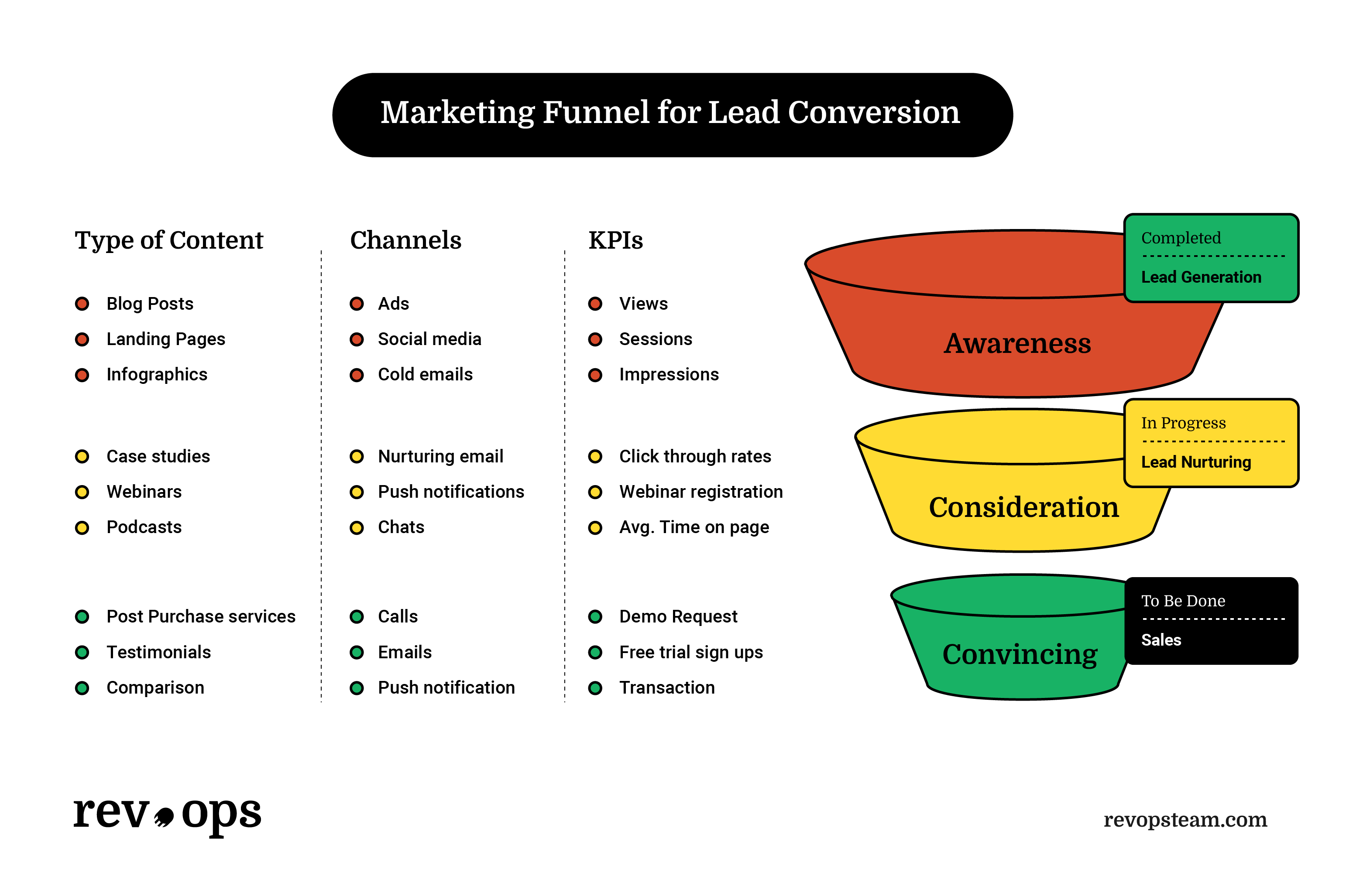
Stages of a Lead Generation Funnel
The lead funnel can be divided into three distinct stages, each serving its specific purpose and effectiveness measured by its own set of lead gen KPIs.
Top of Funnel (Awareness)
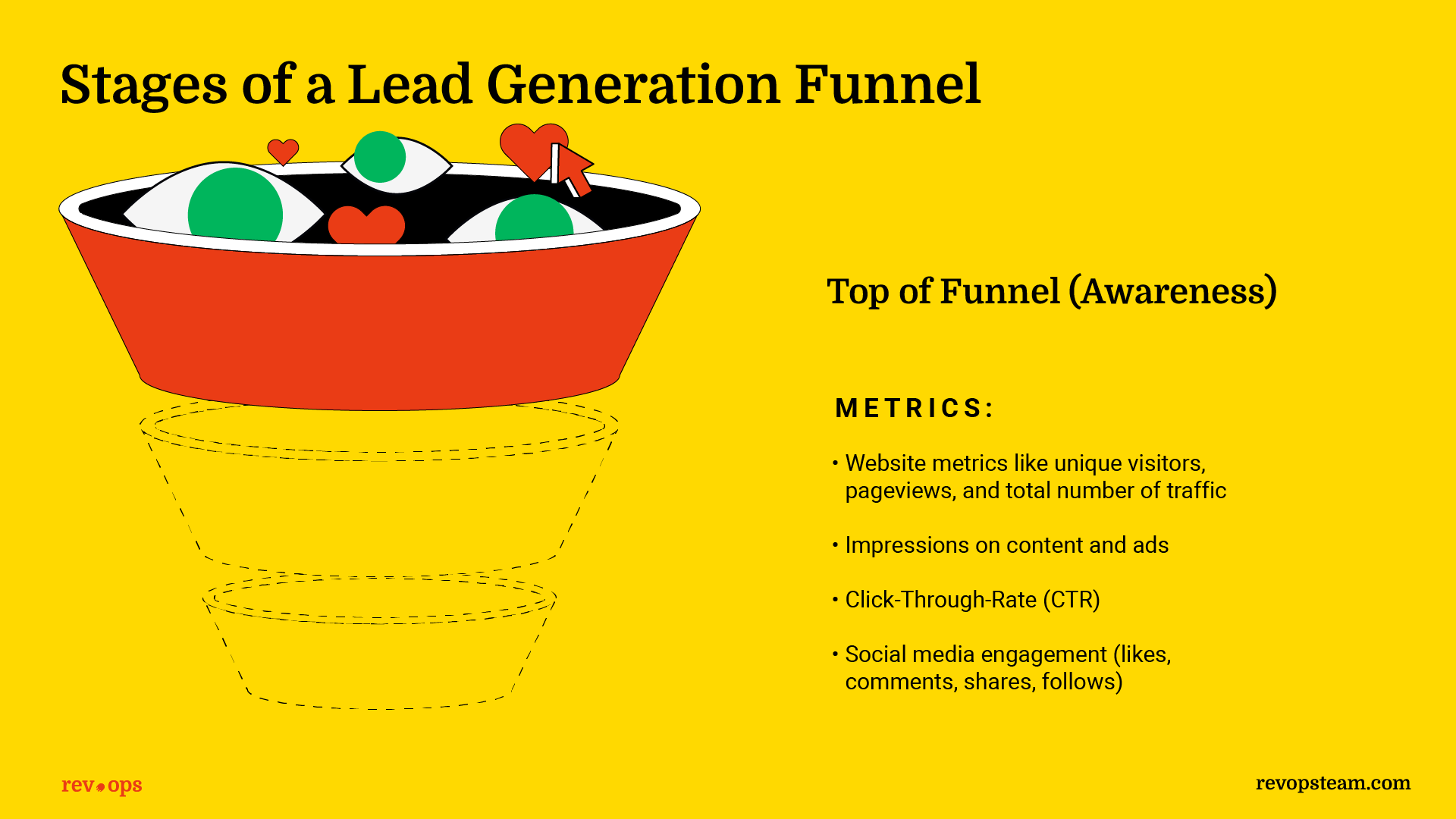
The Top of the Funnel (TOFU) is the first stage of your lead funnel, which serves as the entry point for your potential customers. At this stage, people are mostly aware of their problems —and less aware of your product or brand. This is where your lead generation process happens.
The primary goal is to generate awareness, drive traffic, and capture the attention of potential customers actively seeking solutions to their problems.
So, here’s a prime opportunity to introduce them to your sales funnel through strategic prospecting and lead generation marketing activities.
Common Lead Generation Tactics
- Content Marketing
- SEO
- Paid Ads
- Social media marketing
For example, a company offering productivity software might publish blog posts, repurpose them on Linkedin, or invest in targeted advertising campaigns to help them reach a wider audience and attract individuals seeking solutions to improve their efficiency.
Case Study: Asana
Project management software company Asana built a $5M content moat with its TOFU content strategy, attracting over 130K paying customers.
By optimizing its content to rank in 4 countries in 2 languages and creating high-quality, targeted reports, the company now ranks for many top keywords in its industry.
Like Asana, you can also invest in publishing quality content that addresses your target audience’s pain points and educates them in the TOFU stage.
This will establish your brand as a helpful resource and drive organic traffic to your website. As a result, you can generate Marketing Qualified Leads (MQLs) or even Sales Qualified Leads (SQLs). MQLs are leads identified as having a higher likelihood of becoming customers based on their engagement with marketing efforts, while SQLs are leads deemed ready for direct sales contact.
Top Of Funnel Metrics
- Website metrics like unique visitors, pageviews, and total number of traffic
- Impressions on content and ads
- Click-Through-Rate (CTR)
- Social media engagement (likes, comments, shares, follows)
Middle of Funnel (Consideration)
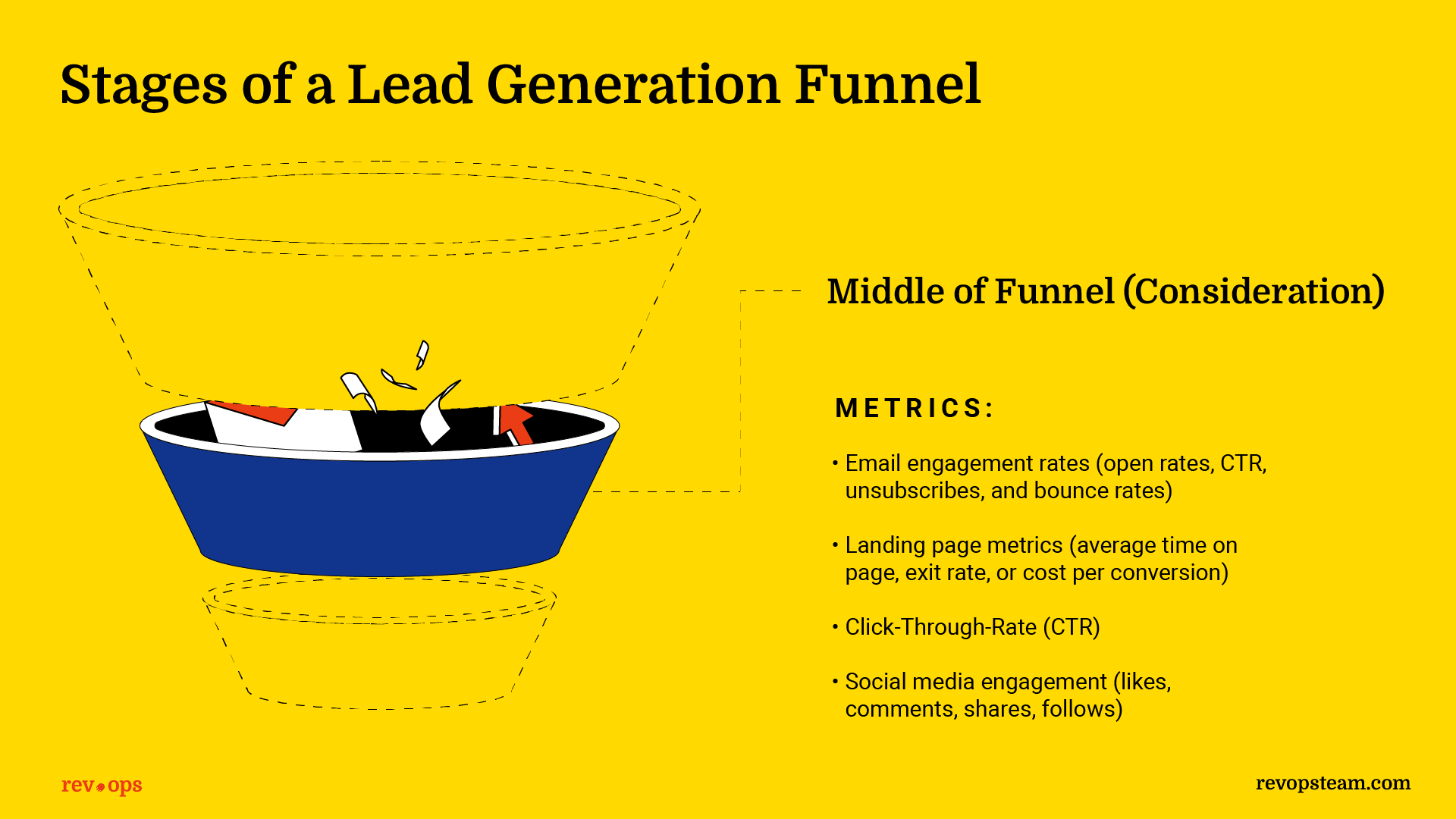
The Middle of the funnel is where you qualify leads and decide if they’re worth nurturing before passing them to sales.
Not all leads will become customers.
Some who provided their emails in exchange for your lead magnets might just be interested in your content. Others may be interested in your products but not right away.
Lead qualification ensures you’re only investing your company’s dollar into leads who are actually interested in your offer.
Depending on your business type, proceed with further marketing actions if the lead has done at least two of the following:
Lead Qualification Activities
- Watch your product demos
- Sign up for your free trials
- Add items to cart
- Subscribe to your newsletter
- Spend a lot of time on your site
Stages of Consideration
If you’ve captured leads in the TOFU stage, MOFU is where you nurture leads and move them further down the funnel.
It is also called the consideration stage. Hand-raisers from the awareness stage consider your brand and other alternatives to see what’s best for them.
Compile a list of leads worth pursuing based on the above criterion. Next, your goal is to nurture and convince them that your product is the right solution.
You achieve this by clarifying their problems, building a strong emotional connection, and emphasizing your unique selling point.
Share product overviews, case studies, and educational “how-to” guides to deepen engagement.
Channels like email marketing, SEO, and social media marketing are great for distribution at this stage.
Establish yourself as a thought leader and a trusted resource by getting active in their communities, sharing success stories, and posting helpful content.
These tactics help nurture leads and move them closer to conversion, according to Semrush data.

Middle of Funnel Metrics
- Email engagement rates (open rates, CTR, unsubscribes, and bounce rates)
- Landing page metrics (average time on page, exit rate, or cost per conversion)
- Click-Through-Rate (CTR)
- Social media engagement (likes, comments, shares, follows)
Bottom of Funnel (Conversion)

Engaged leads in the initial stages enter the bottom of the funnel (BOFU). This is where you convert leads you’ve previously nurtured. In most cases, only a fraction of leads reach this stage.
Here, they’ve researched, weighed the benefits, and are prepared to make a final decision and transition into customers.
This is where conversions happen. To prompt leads to buy, be transparent and proactive.
How To Drive Conversion
- Product demos
- Free trials
- Detailed case studies
- Tutorial videos
- Calls with sales reps
- White papers
- Email campaigns for further nurturing
Highlight the benefits of your solution on your website and share why it's the best choice. Offer side-by-side comparisons and embed customer success stories on your product or checkout page to make your product irresistible.
Here's an example of a comparison of lead management software from The RevOps Team:
| Tool | Best For | Trial Info | Price | ||
|---|---|---|---|---|---|
| 1 | Pipedrive CRM Track leads through every part of the sales funnel with Pipedrive. | Best for visual sales pipeline management | 14-day free trial | From $14/user/month (billed annually) | Website |
| 2 | monday CRM Monday.com CRM optimizes sales workflows for improved efficiency and productivity. | Best for customizable sales automation | 14-day free trial | From $12/user/month (billed annually, min. 3 seats) | Website |
| 3 | Zoho CRM Zoho CRM provides a centralized dashboard for all sales insights, including deals and leads. | Best for AI-driven sales insights | 15-day free trial | From $14/user/month (billed annually) | Website |
| 4 | CallPage Get free 28-second calls directly from your customers with Callpage. | Best for outbound lead management | 7-day free trial available | From $25/month | Website |
| 5 | Drift Discuss directly with your prospects with Drift. | Best for conversational marketing | Free demo available | From $2,500/month (billed annually) | Website |
| 6 | Unbounce Create interactive landing pages with Unbounce. | Best for creating personalized landing pages | 14-day free trial | From $90/month (billed annually) | Website |
| 7 | Kustomer Profile and engage customers with Kustomer. | Best for omnichannel customer support | 14-day free trial | From $89/user/month | Website |
| 8 | Zendesk Sell View leads, contacts, and interactions with Zendesk Sell. | Best for lead qualification | Free trial + free demo | From $19/user/month | Website |
| 9 | Keap Keap's sales automation feature automates sales processes, including follow-ups and task assignments, to help manage the sales pipeline. | Best for small businesses | 14-day free trial | From $249/user/month (billed annually) | Website |
| 10 | AeroLeads Build comprehensive email lists with Aeroleads. | Best for building email lists | Free trial available | From $39/month | Website |
Bottom of Funnel Metrics
- Conversion Rate
- Customer Acquisition Cost (CAC)
- Conversion-to-Lead Ratio
- Return on Ad Spend (ROAS)
- Cost Per Acquisition (CPA)
Who’s Involved?
Various key individuals and stakeholders play vital roles in the lead funnel-building process. These typically include marketing, sales, and customer support teams.
Each team has its roles and purposes.
Top and Middle of Funnel
Marketers are more focused on the top and middle of the funnel. It’s their responsibility to capture leads, find hand-raisers, and warm them up until they are ready to convert.
They do this by creating touchpoints with leads across multiple channels.
Bottom of Funnel
Sales teams are introduced at the bottom of the funnel. The onus is on them to:
- Follow up on leads generated by marketing
- Address concerns and objections
- Close sale
- Upsell and cross-sell customers
Post Sale and Renewal
Finally, customer support teams provide amazing onboarding experience, resolve technical issues, and provide a great overall customer experience, increasing lifetime value (LTV) and referrals.
To best align marketing and sales around the lead funnel, it's essential to establish clear communication channels and workflows between the two teams.
Collaborate to determine the characteristics of a qualified lead ready to be passed from marketing to sales. You can also schedule meetings between marketing and sales teams to review lead performance, discuss challenges, and align strategies.
How To Make A Lead Gen Funnel
A lead gen funnel is essential for every business, regardless of size or industry. It’s a system that ensures a continuous increase in revenue and awareness. Here are the steps to build one:
1. Identify your target audience and their pain point
The first step to creating an effective lead generation funnel is understanding your target audience and what truly drives them.
Identifying your target audience is like setting your GPS for success. It's the foundation of a successful lead generation funnel. You wouldn't embark on a journey without knowing your destination, right?
One effective step is to create a customer persona. This is a detailed representation of your ideal customer based on market research and real data.
Crafting a persona helps you tailor content to your target leads and, ultimately, reduce customer acquisition costs.
At a high level, you should know these about your dream customer:
- Who are they?
- What communities are they a part of?
- What keeps them awake at night?
- What are their desires and challenges?
- Which websites do they frequent?
- What forums or message boards do they participate in?
- Which Facebook groups and pages are they active in?
- Which YouTube channels do they subscribe to?
If you already have a website, use analytics tools like Google Analytics to understand user behavior and interactions. Check the average time on each page to see which content captures your prospect’s interest.
You can also use surveys, popups, or interviews to gather important information. Ask questions about their interests, goals, and desires.
Once you’ve done the research and legwork to collect data on your target customer, it’s time to create your persona.
Google Docs and Notion are great tools for documenting your data, but software like Hubspot’s Make My Persona lets you turn those data into a visually appealing image.
Both marketing and sales teams should collaborate to create buyer personas. This collaboration ensures that your marketing efforts are effective and cohesive across all channels. Plus, it keeps everyone on the same page, working towards the same goal.
2. Create a lead magnet that offers a solution
Lead magnets are crucial in attracting and converting leads for your business.
These are valuable resources or incentives offered to potential customers in exchange for their contact information.
When selecting your lead magnet, consider what bait would attract your ideal customers.
Aim to create content or offers that capture their attention and resonate with their pain points through ads, compelling content, or engaging stories.
Enhance the perceived value of your lead magnet by offering DFY (done-for-you) resources rather than DIY (do-it-yourself) materials.
For instance, consider sharing templates, recorded workshops, or other valuable resources like checklists and swipe files instead of providing ebooks.
A great example of using a template as a lead magnet is right on this page. Did you see the Lead Journey Map Template above?
This approach increases the appeal of your offer and encourages users to provide their contact information in exchange for valuable content tailored to their needs.
3. Build a landing page with actionable CTAs
The landing page is the entry point for potential leads into your funnel.
Just as an architect wouldn't start building a house without blueprints, crafting a compelling landing page requires a clear plan.
Your landing page should be simple and focused, with a clear objective: to drive lead generation. It should grab your visitor's attention immediately and guide them towards taking the desired action.
Key Elements of a Landing Page
- Headline with a promise: Your headline should grab attention and clearly state the big benefits of the lead magnet. Use words like "cheat sheets" or "checklists" to entice your audience. Test multiple variations to see which one converts the most.
- Compelling story: Share a story that resonates with your audience's pain points and amplifies the offer. For example, if you're offering a solution for weight loss, share a story about your journey to health and how your offer helped you overcome challenges.
- Call-to-Action (CTA): Clearly state what action you want your visitor to take next. Examples of compelling CTAs include "Start Your Fitness Journey!", "Start Your 7-Day Free Trial Today!" and "Sign Up for Exclusive Access!".
- Benefits and Value Proposition: Highlight the benefits of your offer and explain why it's valuable to your audience. Use persuasive language to convince visitors that they need what you're offering.
- Social Proof: Include testimonials, reviews, or case studies to build credibility and trust with your audience. Showcasing real-life success stories can help reassure visitors that your offer is worth their time and attention.
FireEye agitates the pain of their target customer on their landing page. Anyone who visits this page knows they're about to get information about protecting their data from cyber-attacks.

You don't need to wait months to create your landing page. Landing page builders like Convertkit, Unbounce, and Leadpages provide the flexibility and accessibility to do so in hours.
Remember, your landing page should articulate your audience's problem and convince them that you have the best solution. Keep it simple, focused, and compelling to maximize conversions.
4. Set up a lead nurturing campaign
Once leads enter the funnel, it's not time to sit back and watch them convert. Rather, it's time to nurture them and move them to the next funnel stage.
Set up a lead nurturing campaign to build trust and credibility.
With lead nurturing, you can move prospects from initial interest to eventual conversion by providing them with the information and support they need at each stage of their buying journey.
Here are some lead nurturing tips you can try:
- Use welcome emails to introduce your brand, products, and resources to new leads.
- Schedule a series of pre-scheduled emails that will provide educational content, product information, success stories, and special offers over time.
- Engage with leads on social media and be active in their communities
- Host live Q&A sessions and webinars focused on topics your leads are interested in.
Consider segmenting leads based on engagement level, demographics, buying readiness, or specific characteristics like interests and goals.
By dividing leads into segments, you can create targeted messaging that addresses each group's unique pain points, challenges, and goals.
Finally, set SMART goals for your nurturing strategy to track progress and measure success. Develop a scoring system to prioritize leads based on their interaction with your brand, and use this data to refine your approach over time.
5. Analyze the data and iterate
Congratulations on getting your lead gen funnel up and running! Now, it's crucial to analyze its performance regularly.
Analyzing data and monitoring the performance of your campaign gives you an overall insight into your lead’s behavior.
Consider these key questions:
- Are your strategies still aligned with your audience's needs and preferences?
- Have any shifts in market trends or competitor activity could impact your funnel's effectiveness?
- Are any areas of your funnel underperforming, or could they be optimized for better results?
If any aspect of your lead gen funnel is not meeting expectations, take proactive steps to iterate and improve.
Look closely at your analytics to identify areas of underperformance, such as low conversion rates, high bounce rates, or lack of engagement with your lead magnet or landing page.
Consider adjusting your targeting criteria, refining your messaging, or optimizing your CTAs to address any issues.
This way, you can ensure that your lead gen funnel remains effective and drives meaningful results.
Tools
Crafting a robust lead generation funnel relies on using the right tools. Let's explore these essential tools.
CRM
CRM software optimizes nurturing potential customers by centralizing customer data and interactions.
It allows for customization, enabling businesses to tailor their communication based on individual preferences and behaviors.
By remembering important details about leads, such as preferred communication channels or recent interactions, businesses can enhance the overall customer experience and foster stronger relationships with prospects, increasing the likelihood of conversion.
CRM tools are particularly effective in managing, automating, and organizing customer relationships throughout the lead funnel, from initial contact to post-sale support.
They excel in providing personalized communication and targeted outreach, ensuring that leads receive relevant and timely information at every stage of their journey.
Implementing a CRM system can significantly improve lead management processes and streamline customer interactions, ultimately driving higher conversion rates and customer retention.
Don’t know where to look? We have a curated list of best CRM software for brands like yours. Check it out.
Marketing Automation
Marketing Automation platforms streamline marketing processes by automating repetitive tasks and enabling personalized and targeted campaigns at scale.
These tools allow businesses to nurture leads throughout their buyer's journey with automated email sequences, personalized content recommendations, and targeted ad campaigns.
Marketing automation is especially effective in automating lead nurturing efforts. It is also great at delivering personalized content to prospects based on their interests, behaviors, and stage in the sales funnel.
You can use these tools to engage with leads across multiple channels and touchpoints.
Beyond that, you can provide relevant information and offers that encourage further engagement and conversion.
Other Lead Management Tools
Lead management tools, such as lead scoring software, lead tracking tools, and sales enablement platforms, provide valuable insights into lead behavior and engagement.
Lead scoring software helps identify and prioritize high-quality leads based on predefined criteria, while lead tracking tools provide visibility into lead interactions across various touchpoints.
Sales enablement platforms empower sales teams with the tools and resources to engage with leads and close deals effectively.
These lead management tools complement CRM and marketing automation systems by providing additional functionality and insights that enhance lead generation and conversion efforts.
Lead scoring software, for example, helps businesses identify the most promising leads for follow-up and engagement.
On the other hand, sales enablement platforms equip sales teams with the information and tools they need to effectively communicate with prospects and move them through the sales funnel.
Tips For Optimizing The Lead Funnel
Lead generation requires careful planning and execution. Here are some actionable tips to optimize your lead funnel for better results.
1. Set clear goals
To optimize your lead funnel, start by setting clear and achievable goals.
Define what success looks like for your business. For example, your goals could include increasing website traffic by 30% within the next three months or converting 20% of leads into paying customers by the end of the quarter.
Setting specific goals provides direction and focus for your lead-generation efforts.
2. Qualify leads
Not all leads are created equal. Focus on qualifying leads to ensure you invest your time and resources wisely.
Implement lead scoring criteria based on demographics, engagement level, and buying intent.
For instance, assign higher scores to leads who have visited your pricing page or downloaded a product demo.
This helps prioritize follow-up efforts and ensures you're targeting prospects most likely to convert.
3. Improve your speed to lead
In today's fast-paced digital landscape, speed to lead is crucial. Respond promptly to leads to capitalize on their interest while fresh.
Set up automated lead notifications to alert your sales team immediately when a new lead comes in.
Additionally, consider implementing live chat on your website to engage with visitors in real time and capture leads proactively.
4. Experiment
Continuous experimentation is key to optimizing your lead funnel.
Try different strategies, test lead generation sources, and personalize messaging to see what resonates best with your target audience.
For example, test variations of your landing pages, email subject lines, ad creatives, and CTAs to identify what drives the highest conversion rates.
By experimenting and analyzing the results, you can uncover new opportunities for improvement and refine your lead-generation tactics for better results.
Streamline Your Lead Gen Process With A Value Habit
To recap, it’s essential to see your lead funnel as a step to warm your target buyers up until they're ready to make a purchase.
It's your job to create multiple touchpoints with them and keep providing value. Ultimately, they would see you as a trusted source and become customers.
Don't forget to save these interactions in the customer journey map so you can rinse and repeat.
Ready For more?
Take your RevOps to the next level. Subscribe to The RevOps Team newsletter for expert advice, software reviews, and other resources to help you deliver predictable growth at scale.

